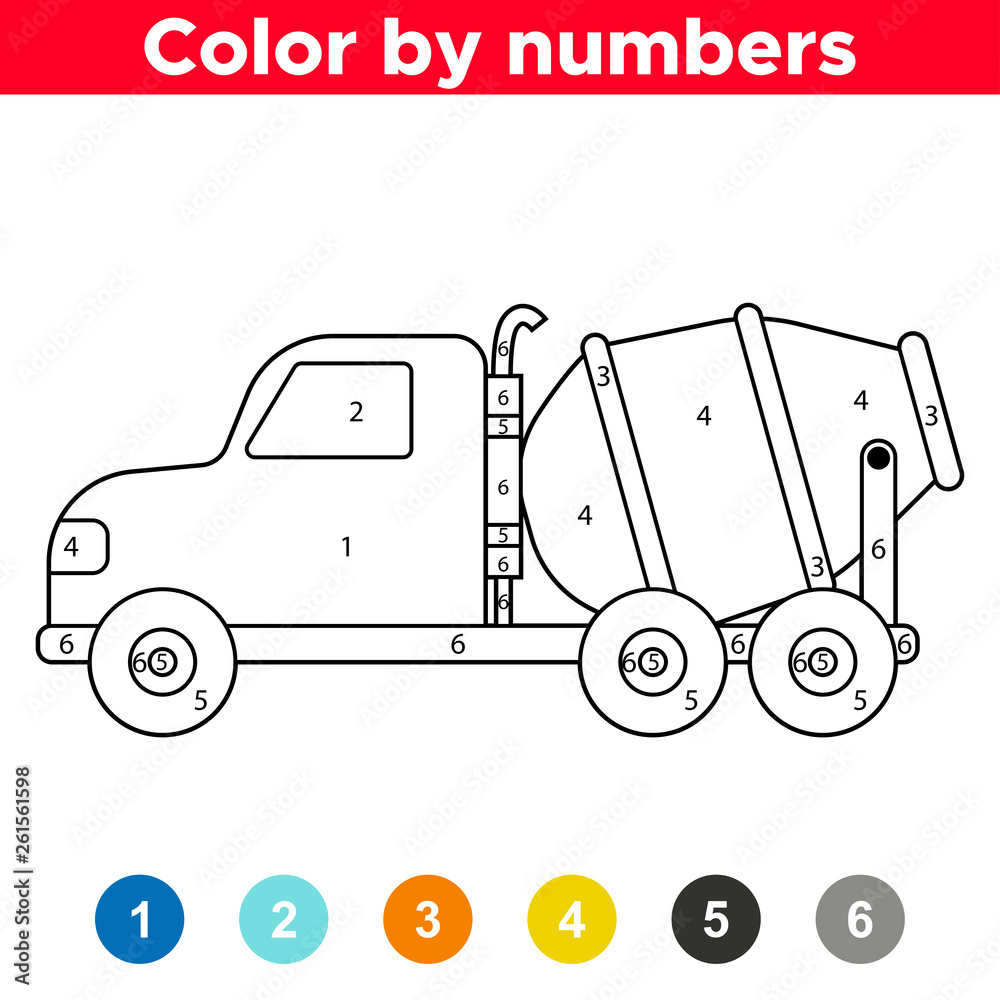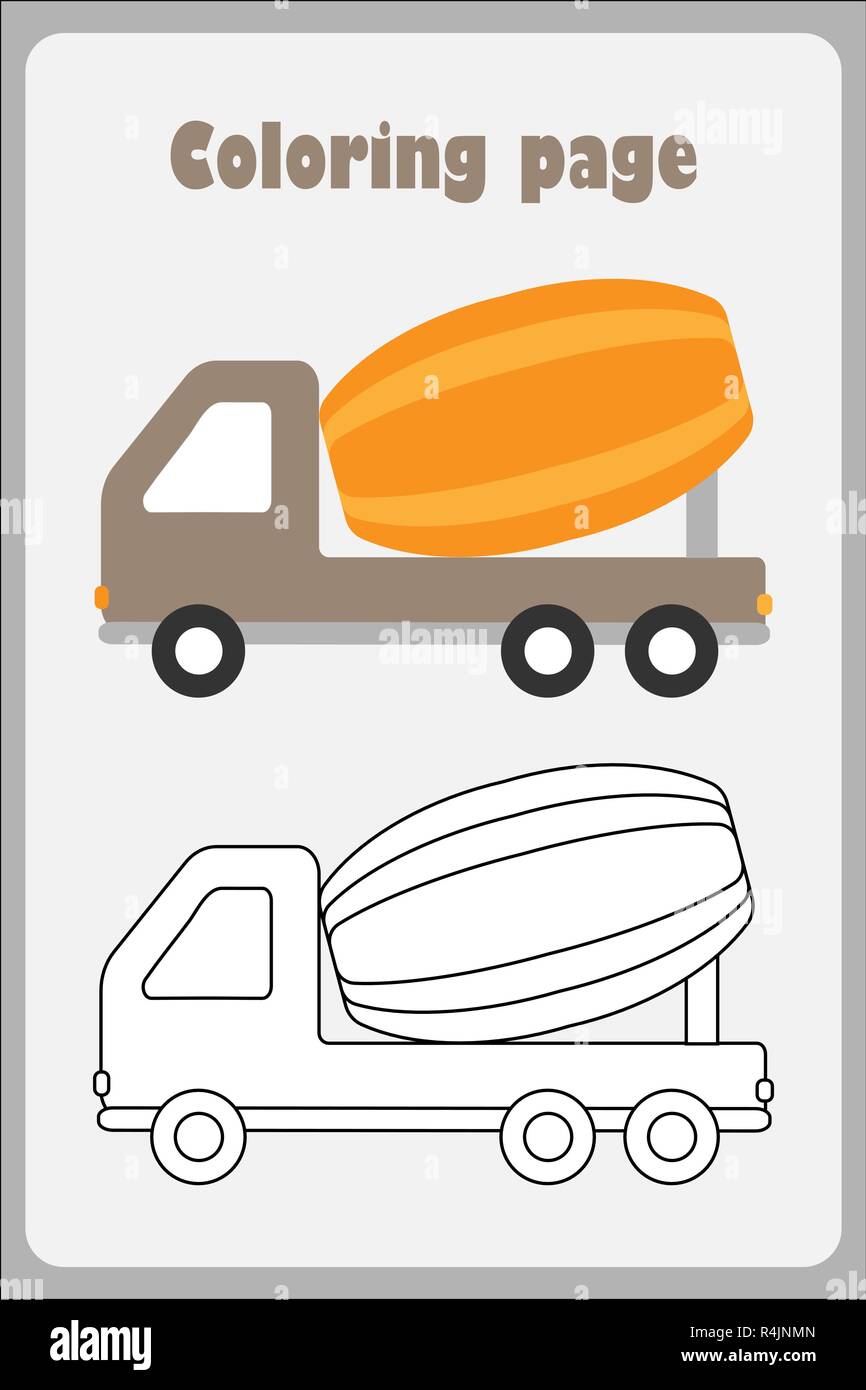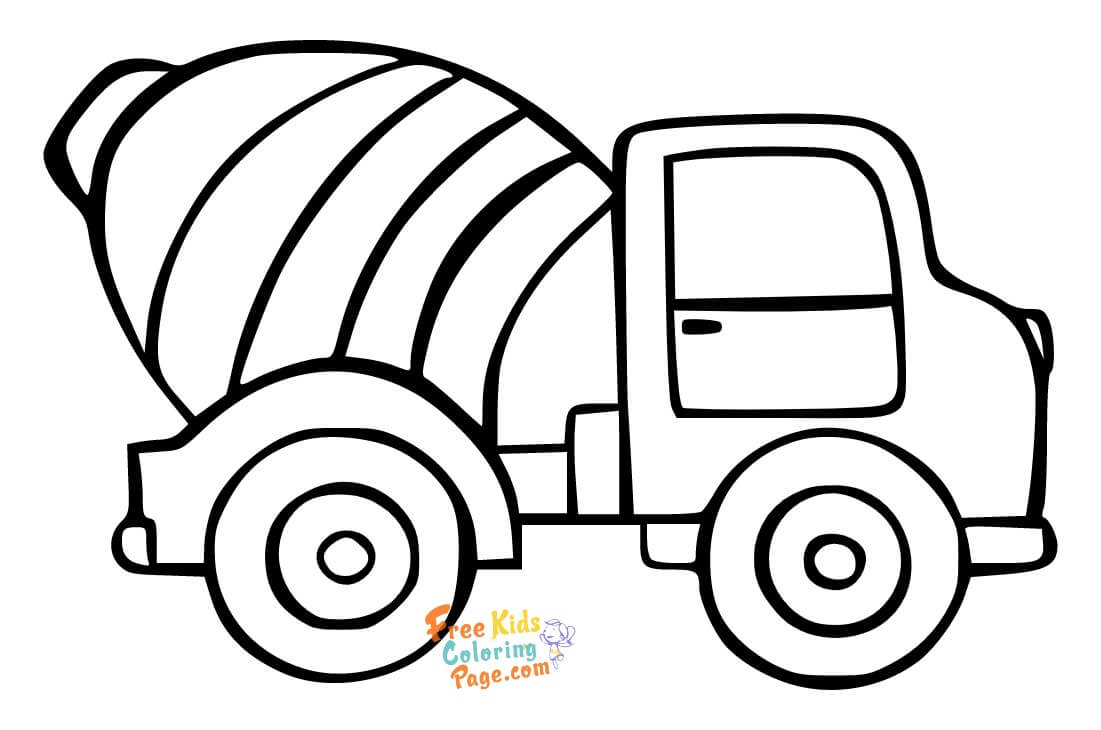
Introduction
Ever wondered how artists conjure up those vibrant hues and mesmerizing shades? It’s all about the magic of color mixing! This exciting journey delves into the world of pigments, where primary colors reign supreme and secondary colors emerge from their harmonious dance. Prepare to unleash your inner artist as we explore the fascinating world of color mixing, one vibrant hue at a time.
Daftar Isi
The Primary Powerhouse

Imagine a world without red, yellow, and blue. It would be a rather dull place, wouldn’t it? These three magnificent colors, known as primary colors, are the building blocks of the entire color spectrum. They possess a unique quality: they cannot be created by mixing any other colors. Think of them as the superheroes of the color world, possessing the power to create a dazzling array of hues.
Red, the passionate and fiery one, exudes energy and excitement. Yellow, the cheerful and sunny one, brings warmth and joy. Blue, the serene and tranquil one, evokes feelings of peace and calmness. These three primary colors, each with its own distinct personality, stand as the foundation of the color mixing universe.

Mixing these primary colors in different proportions opens up a world of possibilities. It’s like a secret recipe, where the amount of each color determines the resulting hue. Experimentation is key! Add a touch more red to a mix of red and yellow, and you’ll witness the vibrant orange transform into a deeper, more fiery shade.
The Secondary Symphony
When two primary colors join forces, a magical transformation occurs. They give birth to a new set of colors, known as secondary colors. Green, the vibrant hue of nature, emerges from the harmonious union of blue and yellow. Orange, the fiery color of sunsets, is born from the passionate embrace of red and yellow. Purple, the mysterious and regal color, is created by the enchanting blend of red and blue.

Imagine a symphony orchestra, where each primary color plays a distinct instrument. When blue and yellow harmonize, a melodious green emerges, representing the lushness of nature. The vibrant dance of red and yellow creates a fiery orange, mirroring the energy of the sun. And when red and blue intertwine, a mystical purple emerges, reminiscent of twilight’s enchanting hues.
These secondary colors, born from the union of primary colors, expand the color palette exponentially. They introduce new dimensions of creativity, allowing artists to express a wider range of emotions and ideas.
The Tertiary Tapestry

The color mixing adventure doesn’t stop at secondary colors. When a primary color and its neighboring secondary color unite, they create a new set of colors called tertiary colors. These colors, such as red-orange, yellow-green, and blue-green, introduce subtle variations and nuances to the color spectrum.
Think of a tapestry, woven with threads of different colors. Tertiary colors add intricate details and textures to this vibrant masterpiece. Red-orange, a fiery blend of red and orange, adds a touch of excitement and passion. Yellow-green, a cheerful combination of yellow and green, brings a sense of spring and renewal. Blue-green, a serene blend of blue and green, evokes the tranquility of the ocean.

Tertiary colors offer endless possibilities for artistic expression. They allow artists to create subtle shifts in mood and atmosphere, adding depth and complexity to their work.
Conclusion

The world of color mixing is a captivating journey of discovery. By understanding the interplay of primary colors, and witnessing the emergence of secondary and tertiary colors, artists can unlock a world of creative possibilities. So grab your paints, unleash your imagination, and embark on this exciting adventure. Remember, the beauty of color mixing lies in experimentation and the joy of creating something unique and beautiful. Happy mixing!












